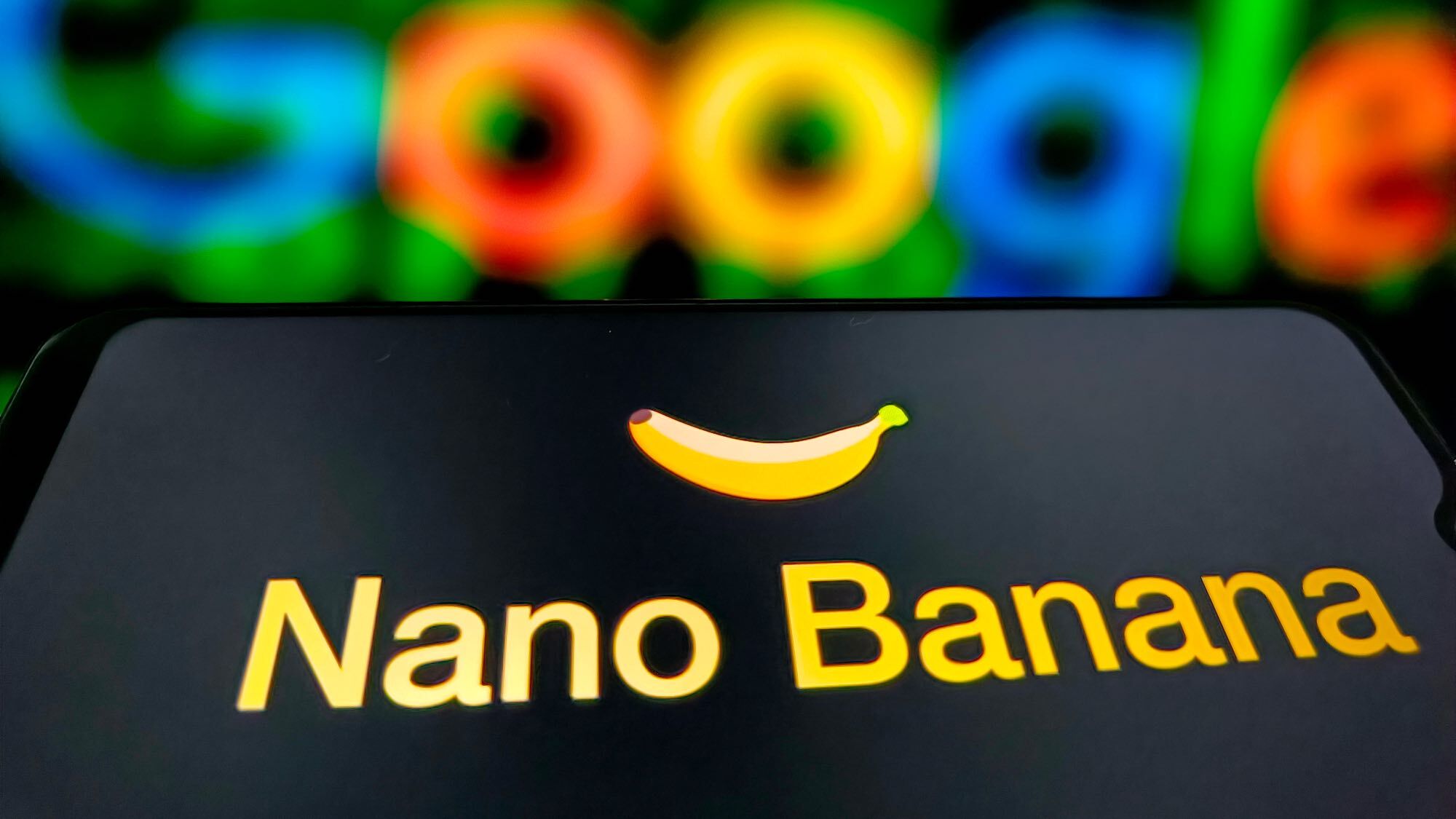iPhone Clones Are Out of Control, But Real Innovation Is Coming
Smartphone sales have stalled as people hold onto their handsets longer — and everyone imitates the notch — but 5G and foldable phones should shake things up.
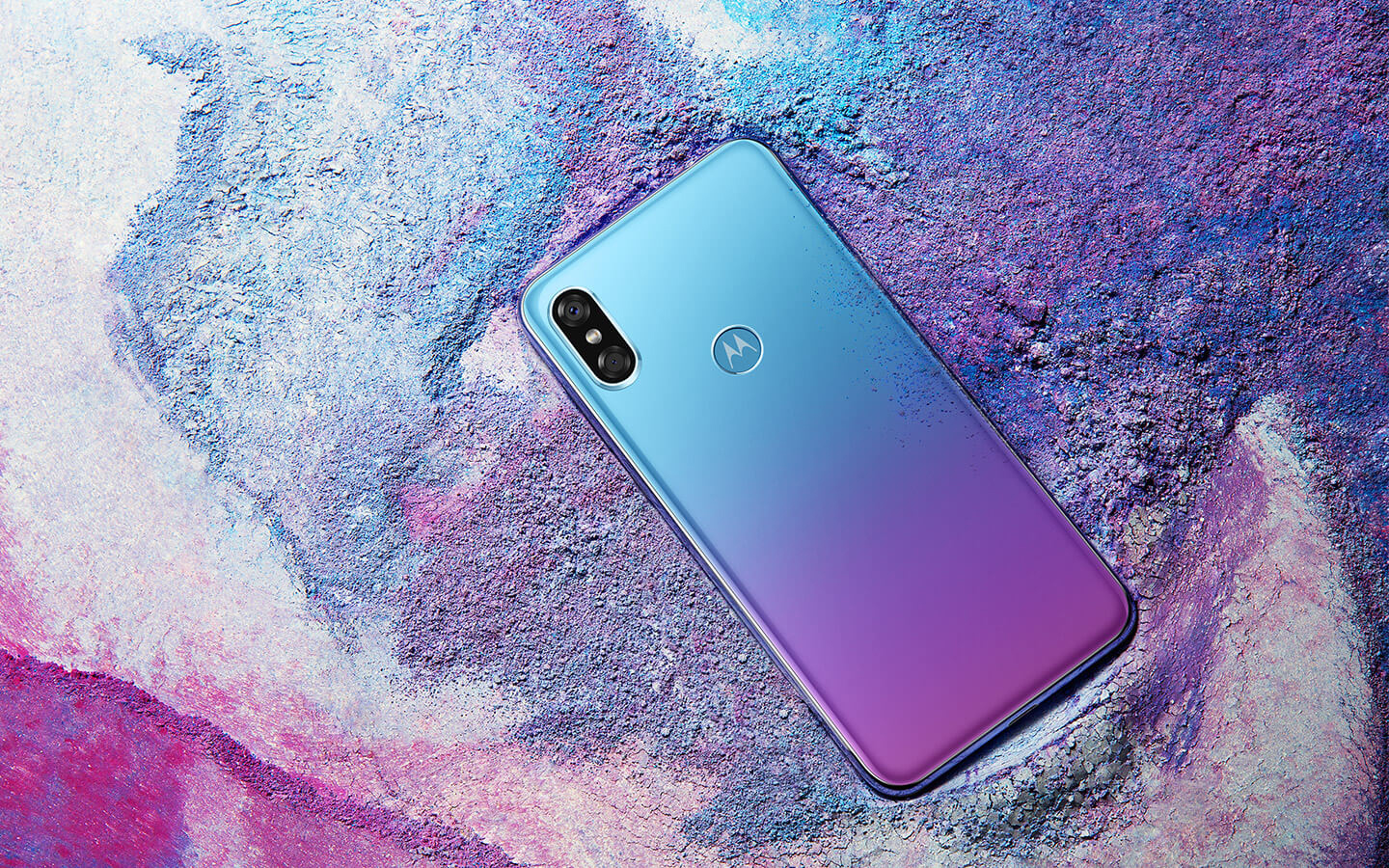
When copycats start copying other copycats, real differentiation between products becomes harder to find.
One of the most egregious examples of homogeneity in the smartphone market as of late has come from an unlikely source: Motorola. Just one month ago, we praised the company for its commitment to offering compelling, unique devices at every price range.
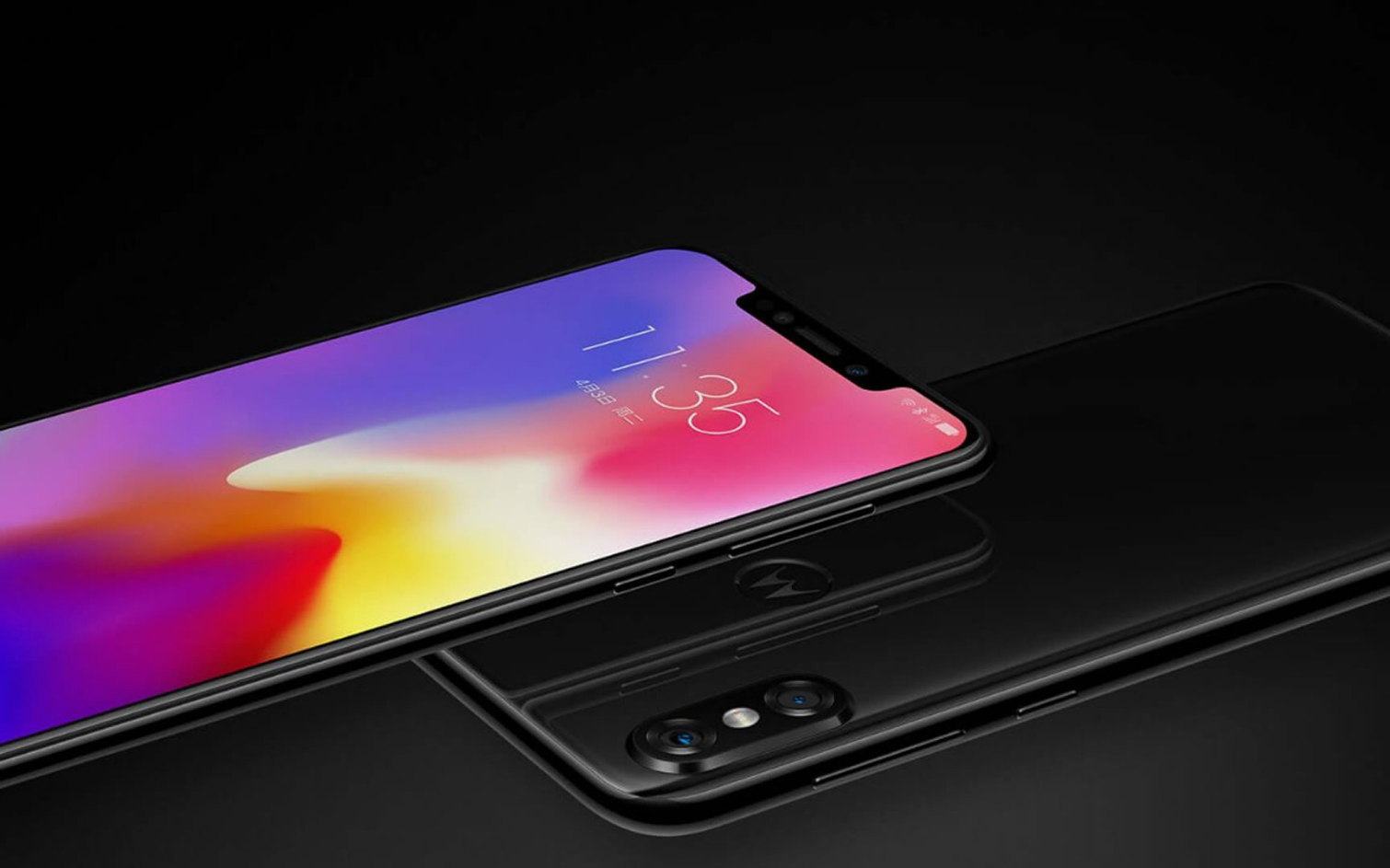
And then, we caught wind of its next big phone: the Motorola P30.
It’s easy to call the P30 an iPhone X clone, with its wide notch and vertically stacked dual cameras stashed in the upper-left corner of its glass backside. But so many phone makers have done that look to death already that you can barely even call it Apple's anymore.
If that wasn't flagrant enough, the aptly named P30 can be had in a blue-and-purple ombré — a motif clearly lifted from Huawei's P20 Pro, another device that also looks like an iPhone X, save for the fact that it has three cameras on the rear, rather than two. Huawei calls that colorway “Twilight”; Motorola's name for it is an "Aurora gradient."
So far, the P30 has been announced only for China. However, Motorola's long-rumored One Power phone looks quite similar to the P30, and will probably wind up being the variant of the handset that we'll eventually see in the U.S.
"The iPhone X proves that consumers will spend more for differentiation that they value." — Avi Greengart, research director, GlobalData
Of course, Motorola is hardly the first Android device partner to crib Apple design, nor is it the first desperate to revitalize its lineup with something that looks vaguely like another product people actually want to buy.
Get instant access to breaking news, the hottest reviews, great deals and helpful tips.
"The smartphone market is maturing, and replacement cycles are lengthening, which has impacted nearly every smartphone vendor," Avi Greengart, research director at analytics firm GlobalData, told Tom's Guide.
In the most recent quarter that just closed, smartphone vendors shipped 342 million devices worldwide, according to data sourced from market intelligence group IDC. That's 1.8 percent less than the 348.2 million devices shipped during the same period last year. In fact, phone sales have declined year-over-year for the last three consecutive quarters.
Almost universally, this phenomenon of people holding onto their devices for longer has resulted in slower sales. It's why Samsung sold considerably fewer Galaxy S9s than it expected, and why the just-unveiled Galaxy Note 9 faces a similar dilemma. But Greengart says Apple found a way around that.
"Apple has not been able to grow unit sales, but it has managed to sharply increase revenue by convincing consumers to spend more on the iPhone X," Greengart said. "The iPhone X proves that consumers will spend more for differentiation that they value."
Motorola, Huawei, LG and their ilk are missing the point. Adding a notch to your phones won't drum up sales, but being able to establish ownership of a byword for innovation will. Whether or not you believe the iPhone X actually offers anything substantially new or valuable, Apple's clout means that the changes they make from generation to generation — such as Face ID — matter. And, as it turns out, people are willing to pay for them.
Samsung stuck in limbo
Unfortunately, that's left a major player of the industry in a phase of perceived stagnancy. You could certainly argue that Samsung's Galaxy S8 offered a revolutionary design at the time of its release. But by opting for more iterative improvements with the S9, coupled with increasing the phone's price when purchased through most carriers, Greengart says Samsung has been less successful in persuading users to upgrade.
That doesn't bode well for the Note 9, which, despite reviewing well, has received similar criticism for rehashing too many aspects of its predecessor. It also costs $50 more than the Note 8 did at launch.

This comes at a time when some insiders project Samsung will sunset the Note brand after the Note 9, given the increasing similarities between it and the Galaxy S+ series. (The Note 9's display is just a tenth of an inch larger than the one inside the Galaxy S9+.) And even more worrisome, Greengart warns that the ghost of the Note 7 might still be haunting Samsung, but not in the way you'd expect.
"There isn't a natural two-year upgrade for the Note 9, as the Note 7 was explosively recalled," Greengart said. "Most users reportedly moved to the Galaxy S7+, but some left Samsung entirely."
The irony in all of this is that Samsung is one of the only big phone makers that has resisted the temptation to copy Apple's design trajectory. Though, even if it did, the current state of the market suggests it wouldn't make much of a difference anyway.
The next (real) innovations
Although tech companies' propensity to copy each other might seem discouraging for innovation, the fact is that we have a pretty good idea of what a few of the next breakthroughs in phones are going to be. Better yet, some of them are already here — well, sort of.
Take the in-display fingerprint sensor, for example. There are a few devices in China that have launched with the technology, the most notable of which is Vivo's Nex S. I reviewed the device, and although I can say it's a magical feeling to provide your fingerprint to a screen instead of a button, the hit rate whenever I tried to unlock the phone was inconsistent.
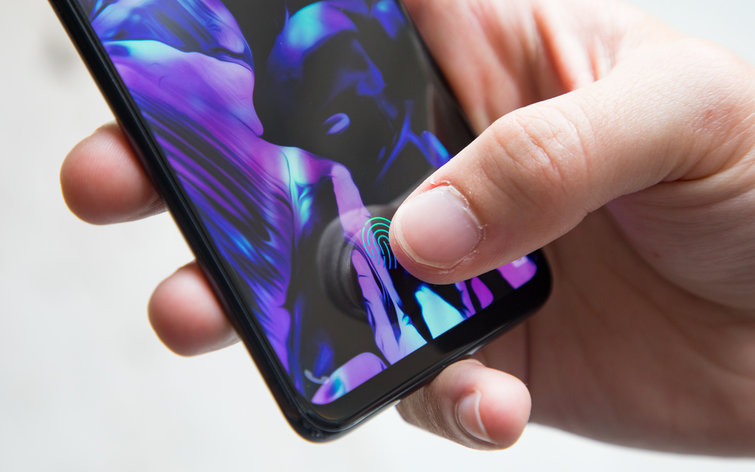
That could explain why we've yet to see handsets with in-display sensors launch in the West, even as we're consistently told such devices will arrive soon. What will likely take much longer are flexible devices, like the oft-rumored foldable Galaxy X. But until that can happen, manufacturers will first have to figure out how to produce transistors reliable enough to survive repeated bending.
It's quite possible that killer feature won't pertain to design, but rather the superfast network your future handset runs on. Verizon and Motorola are partnering to deliver a 5G Moto Mod for the new Moto Z3, while Sprint and LG say their first 5G phone will be available early next year.
"I think 2019 is going to be an exciting year that some of these things — 5G, fingerprint scanning and foldable screens — are going to come out. But I think it’s going to take several years for some of those things to really take hold." — Ramon Llamas, research director, IDC
As of now, however, both companies and their customers are in a holding pattern before the next big thing arrives. There are still hurdles in the way of every major development. Progress doesn't happen overnight, even though it might look that way to end users.
"I think [2019] is going to be an exciting year that some of these things — 5G, fingerprint scanning and foldable screens — are going to come out," IDC research director Ramon Llamas told Tom's Guide. "But I think it’s going to take several years for some of those things to really take hold."
The present isn't so bad
In the meantime, Llamas says he's more enthusiastic about some of the recent advancements already available to the public today, like augmented reality. Yes, we've been living with AR for a long time, particularly in the gaming space. But thanks to Apple and Google expanding the presence of AR in iOS and Android, the technology is going to flourish in other use cases.
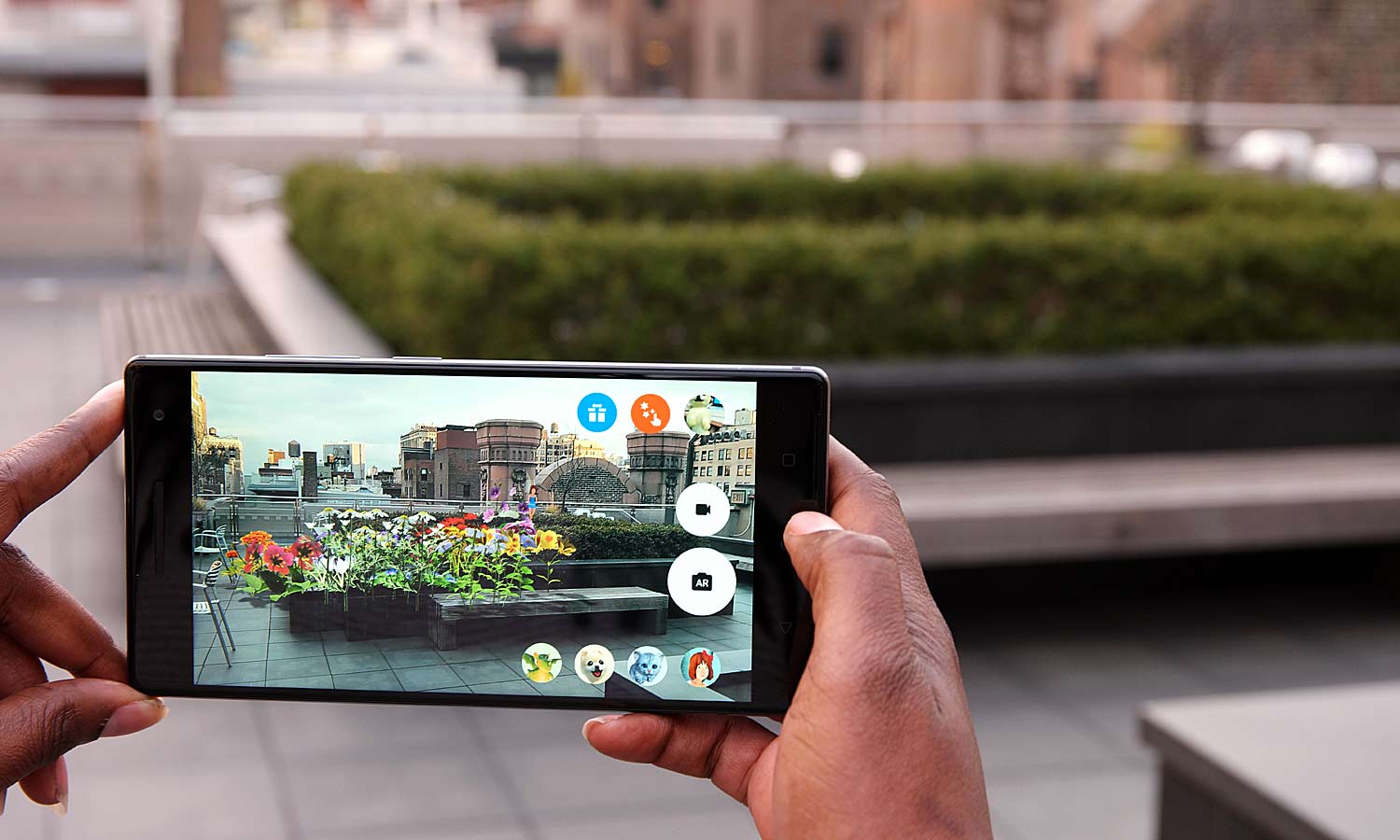
"I took out my iPhone and I busted open the Ikea app on it, just to see if a piece of furniture would fit into my living room," Llamas said. "And everyone who was there with me went, 'Oh my God, that's the coolest thing ever!'
"You can do [that] now," Llamas said. "This is available currently. If you apply what Ikea's doing to just about any other aspect of your life — fold in Wayfair, other furniture stores, cars or anything else — that is where I'm excited. I think in 2019 were going to start seeing a little more of what people can do with augmented reality."
At that point, it's simply a matter of communicating to people that the devices in their pockets are already capable of some pretty amazing things, even though they might not realize it. That's not the innovation we tend to romanticize, but it is the path toward the real game-changers, including 5G and the like.
In the meantime, you might want to hold onto your current phone a bit longer — and get used to seeing a whole lot of copycats.
Adam Ismail is a staff writer at Jalopnik and previously worked on Tom's Guide covering smartphones, car tech and gaming. His love for all things mobile began with the original Motorola Droid; since then he’s owned a variety of Android and iOS-powered handsets, refusing to stay loyal to one platform. His work has also appeared on Digital Trends and GTPlanet. When he’s not fiddling with the latest devices, he’s at an indie pop show, recording a podcast or playing Sega Dreamcast.
-
dstewart83161 why?...such an old and now considered crappy design. why would someone want to copy and declining technology?Reply -
glennquagmire911 But will it catch fire in your pants? That's a feature I hope Samsung dropped!Reply -
roblittler77 So Apple produce identical looking devices for four years then charge a fortune for a device that looks different. Genius.Reply
